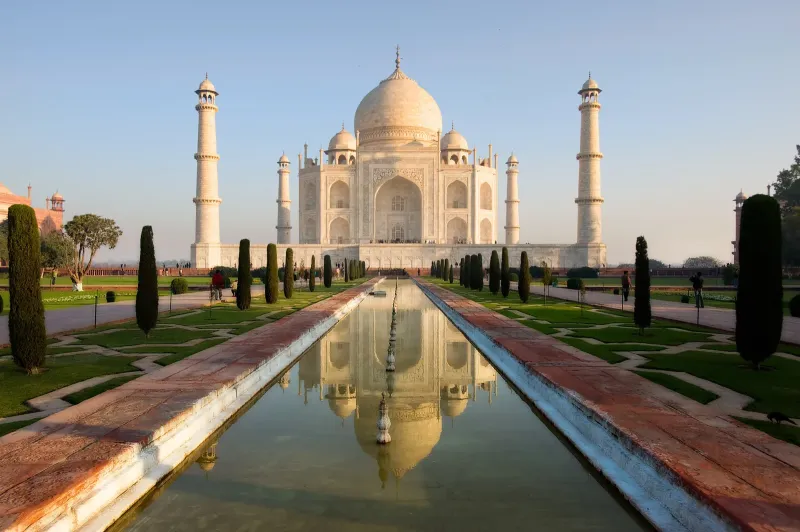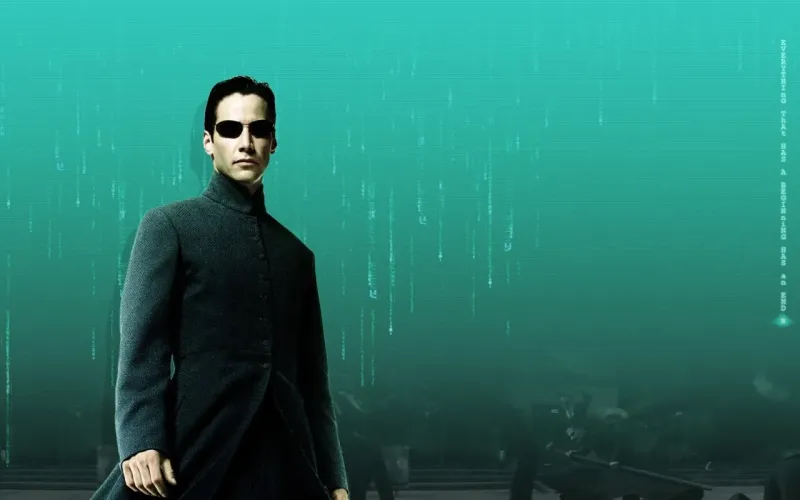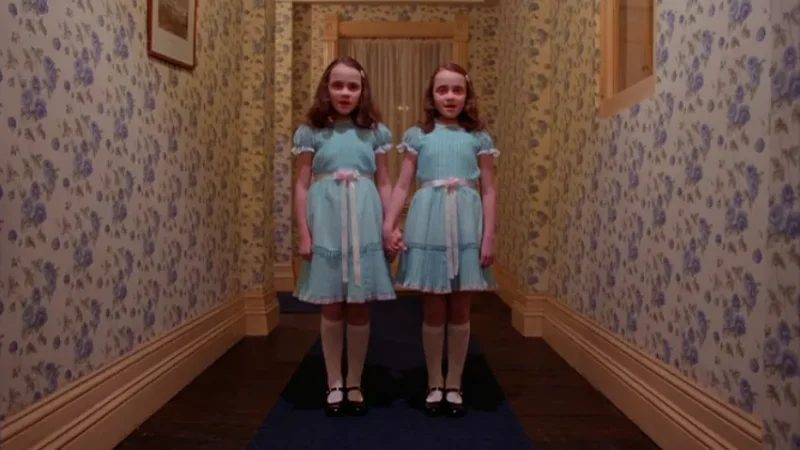Film Overview
'Octopussy' is a thrilling installment in the legendary James Bond series, known for its captivating blend of action, espionage, and intrigue. Released in 1983, it stars Roger Moore in his sixth outing as the iconic British secret agent, 007. The film weaves a complex narrative involving a Fabergé egg, a renegade Soviet general, and a smuggling operation that poses a significant threat to global stability. The plot takes audiences on a global adventure, from India to East Germany, showcasing Bond's resourcefulness and charm.
This film is characterized by its elaborate set pieces, including daring stunts and exotic locales, which have become synonymous with the Bond franchise. The title, 'Octopussy', refers to the enigmatic character played by Maud Adams, who leads a circus and is deeply entangled in the film's central conspiracy. Renowned for its mix of humor and tension, the film balances lighter moments with serious action, making it a quintessential Bond experience. Its signature theme song, scored by John Barry, further enhances the movie's adventurous feel.
Key Features
One of the standout features of 'Octopussy' is its impressive action sequences, which include a thrilling train chase, a battle on a plane, and an intense pursuit involving a tuk-tuk in the bustling streets of India. These scenes are meticulously choreographed, showcasing the creativity and technical prowess that the Bond series is known for. The film also boasts a unique blend of gadgets, courtesy of the ingenious Q, played by Desmond Llewelyn, providing Bond with innovative tools to outsmart his adversaries.
Another key feature of the movie is its diverse and memorable cast of characters. Roger Moore's portrayal of James Bond is both suave and charismatic, bringing a lighter, more humorous touch to the role. Maud Adams delivers a captivating performance as Octopussy, a complex character who evolves from a mysterious figure to a crucial ally. The chemistry between Moore and Adams adds depth to the narrative, creating a dynamic interplay that holds the viewer's attention throughout the film.
Cultural and Cinematic Context
'Octopussy' was released during the Cold War era, a time of heightened geopolitical tensions, which is reflected in the film's plot involving nuclear threats and international espionage. This context provided a rich backdrop for the narrative, enhancing its relevance and impact. The movie also marked a pivotal moment in the Bond franchise, as it competed with the unofficial Bond film "Never Say Never Again," starring Sean Connery, released the same year. This rivalry highlighted the enduring popularity and adaptability of the Bond series.
Cinematically, 'Octopussy' continues the tradition of high production values and innovative filmmaking techniques associated with the Bond films. Directed by John Glen, it effectively balances suspenseful storytelling with visually stunning scenes that capture the attention of audiences worldwide. The film's contribution to the Bond legacy is significant, maintaining the franchise's reputation for creating engaging, high-stakes adventures that resonate with viewers across generations. Its blend of action, humor, and exotic locations ensures its place as a memorable entry in the iconic series.














